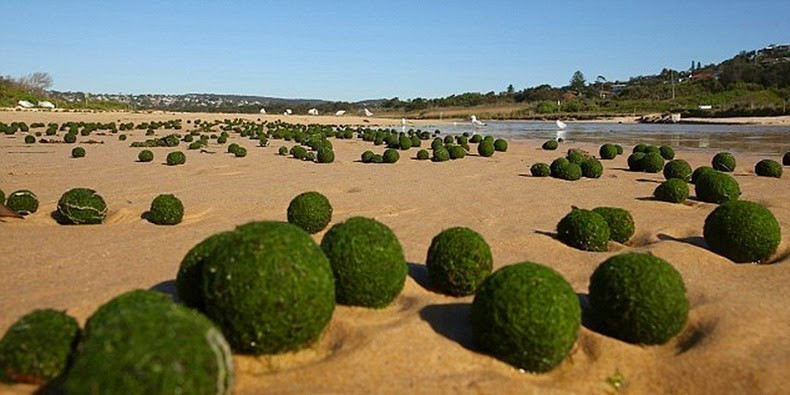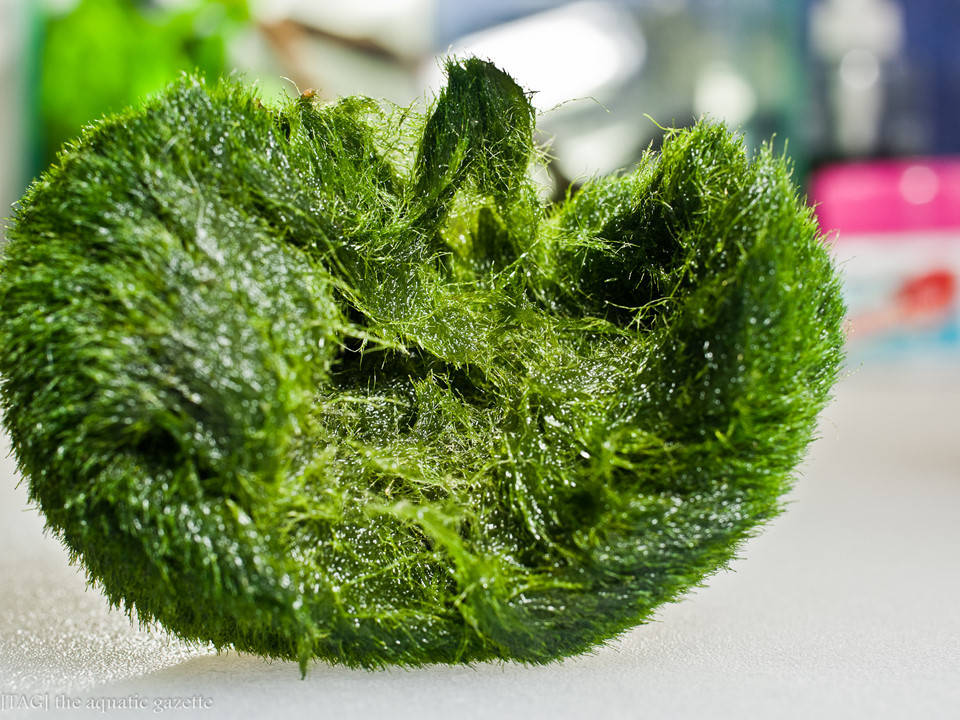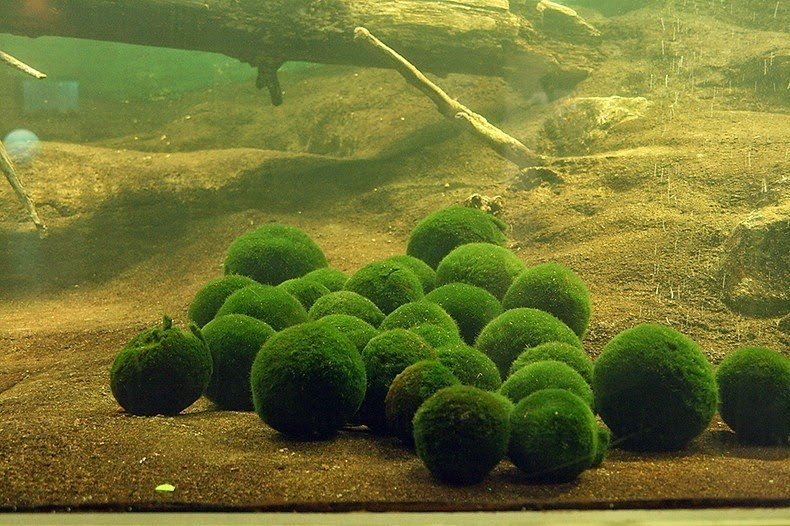Moss ball - the natural treasure of Japanese people
Only appearing in a lake in Hokkaido, the moss grows into a spherical shape like a tennis ball protected by the Japanese people and considered a natural treasure.

Ikan Lake is located in Ikan National Park, Hokkaido (Japan), is a famous hot spring resort.The lake is also home to Marimo, a rare spherical moss in the world.(Photo: Jnto).

The moss ball is also called seaweed ball, algae bridge, and the most popular is the marimo (in Japanese style), is a soft, fibrous algae species named scientific name Aegagropila linnaei.Marimo often develops into soft, green orbs of 12-30cm in size, depending on the place of growth.(Photo: Amusing Planet).

Marimo is a rare type of algae that only occurs in some countries like Iceland (Lake Mývatn), Scotland, Estonia and Japan (Lake Akan).Recently, in 2014, a large amount of marimo was discovered on the beach in Dee Why Beach in Sydney (Australia) and this is the first time this species has appeared in the southern hemisphere.(Photo: Amusing Planet).

Marimo does not grow around the core of an object, such as a pebble, like silk fibers continuously branching, growing from a central position, gradually forming a spherical shape.Surprisingly, the core of the sphere, though not exposed to sunlight, still has chlorophyll in the form of 'fast asleep'.As long as there is light shining when the ball breaks, they will work again.(Photo: The Aquatic Gazette).

Marimo grows in the bottom of the lake, where the temperature ranges from 13 to 35 degrees Celsius, and is less affected by water flow, making them spherical.This species of algae is capable of moving in a stream of water, ensuring that any part of the sphere can photosynthesize.Marimo grows very slowly, only increases by a few millimeters per year and has a very long life.(Photo: Amusing Planet).

In Japan, marimo is protected by the people, considered to be a fortunate object.The marimo name was set in 1898 by botanist Kawakami Tatsuhiko (mari is a ball, mo is an aquatic species), and is officially considered a natural 'treasure' since 1920. Since then On March 29 every year, in the Akan Lake area, a three-day festival will be held to honor marimo and raise awareness about the preservation of this unique algae species.(Photo: Mossball).

Currently, marimo balls are sold in souvenir shops or used to decorate aquariums in Japan.(Photo: Shopify).

Meanwhile, moss balls in Lake Mývatn (Iceland) are gradually disappearing.About a decade ago, there were so many algae balls in the lake that it could be thickened from 2-3 layers on the bottom of the lake.(Photo: Amusing Planet).

Currently there is almost no need for algae in this lake.Mining activities in the area pollute the water source, causing the number of demand algae to decline gradually.The impact of natural factors such as wind and weather also affects the habitat of this algae.(Photo: Ağaçsakal / Youtube).

In 2006, the Icelandic government put this endemic species into the list of emergency protection.(Photo: Amusing Planet).
- Mysterious treasure of the Japanese Royal: The most awaited thing in the moment of historical transfer
- Floating ball to save people in tsunami
- Ancient moss revival after 1,500 years of sleep
- Treasure legend: Yamashita Gold Warehouse (Part 4)
- Search for the most mysterious treasures of all time
- 10 biggest treasures of all time
- The mysterious blue sphere filled the coast of Australia
- Japan: The country suffers from many natural disasters and the way to protect people makes the whole world admired
- Who invented the round ball?
- Thrilling a treasure chest of 200 billion is forgotten
- Development of technology for producing sanitary products from peat moss
- Revitalizing frozen moss 400 years
 The 11 most unique public toilets in the world
The 11 most unique public toilets in the world Explore the ghost town in Namibia
Explore the ghost town in Namibia Rare historical moments are 'colored', giving us a clearer view of the past
Rare historical moments are 'colored', giving us a clearer view of the past The world famous ghost ship
The world famous ghost ship